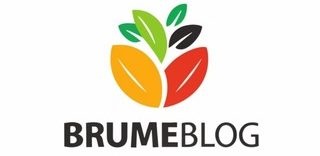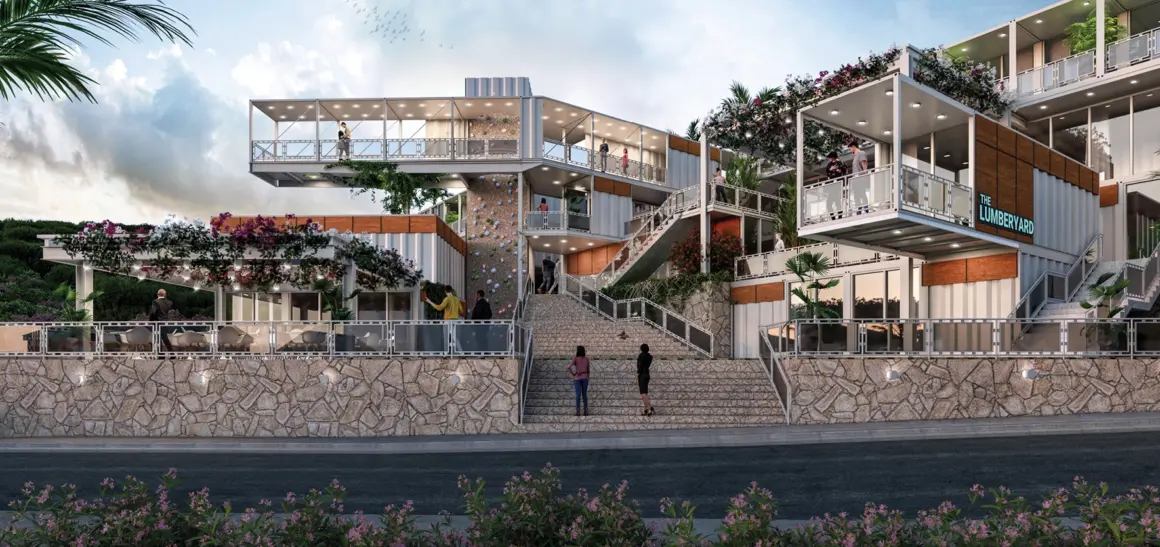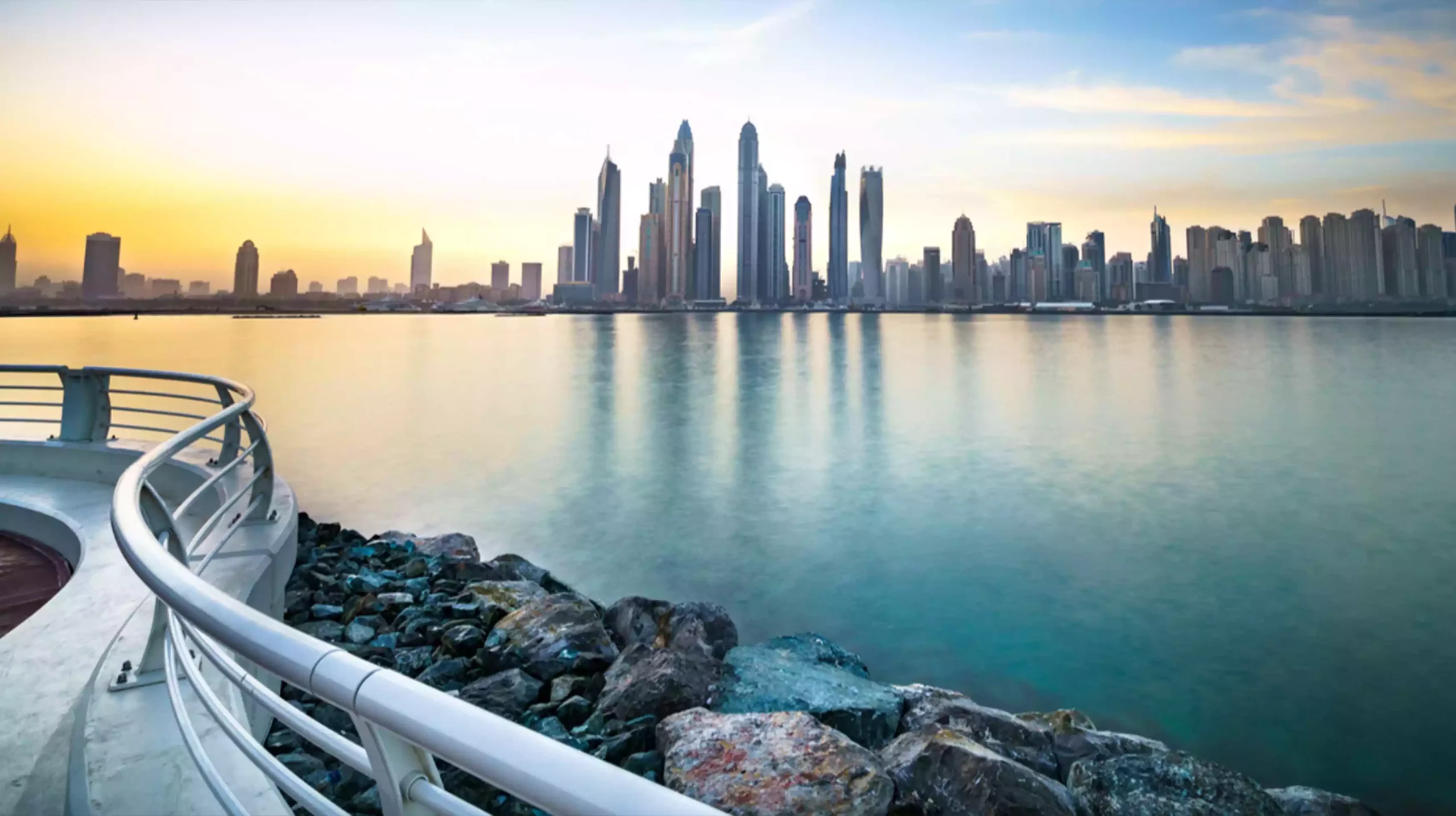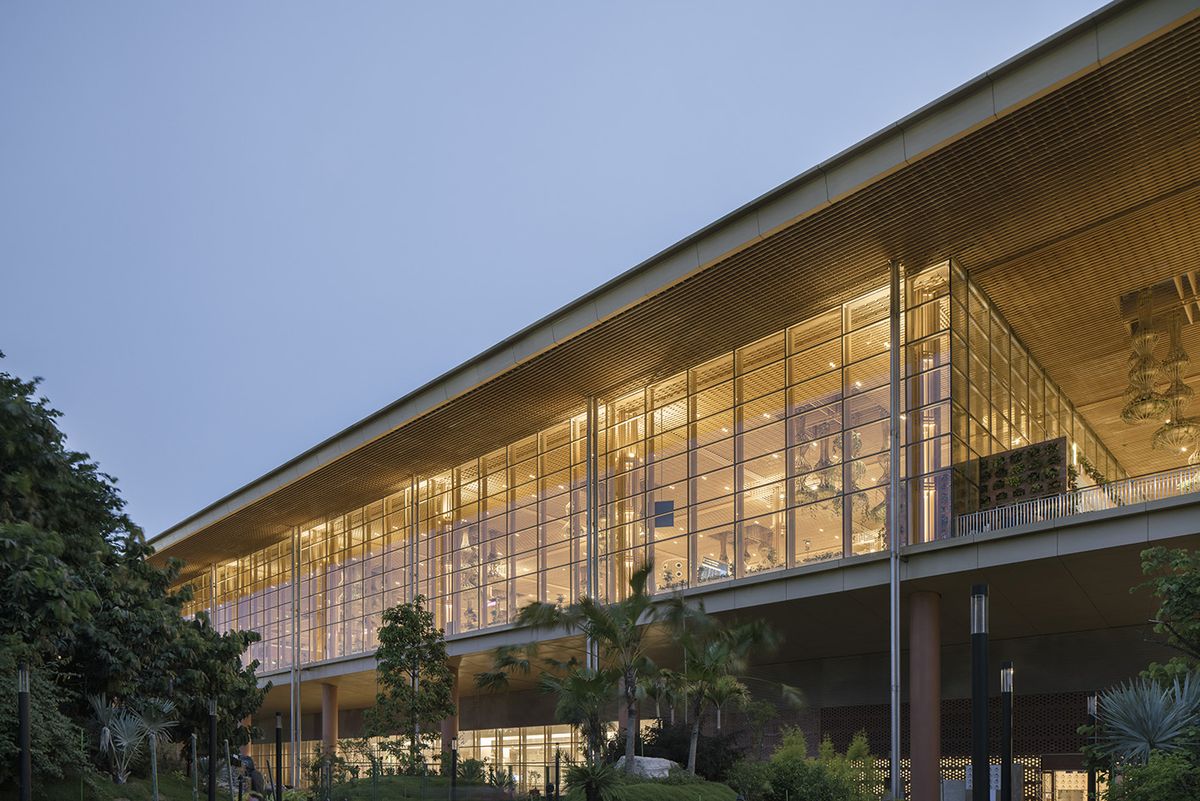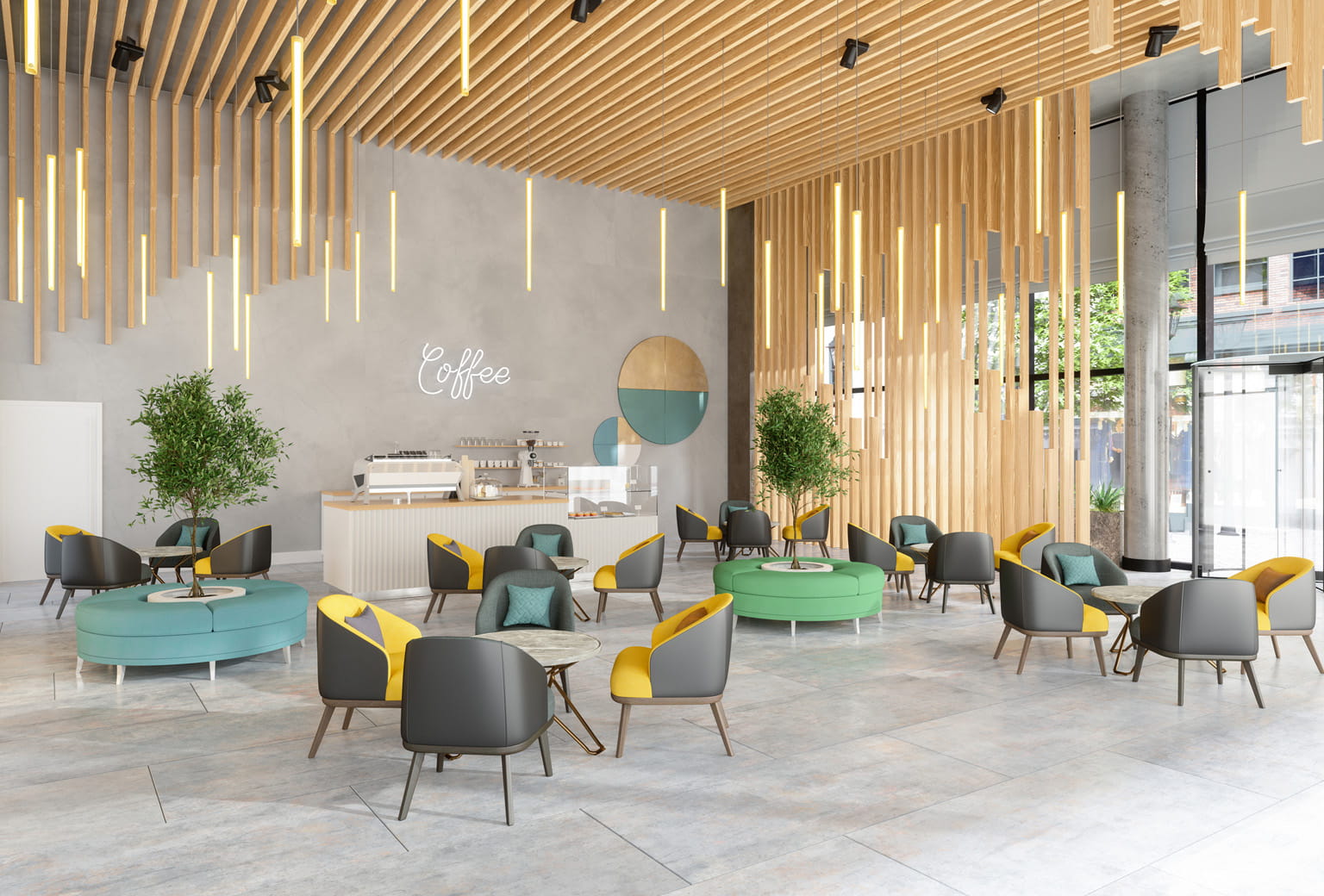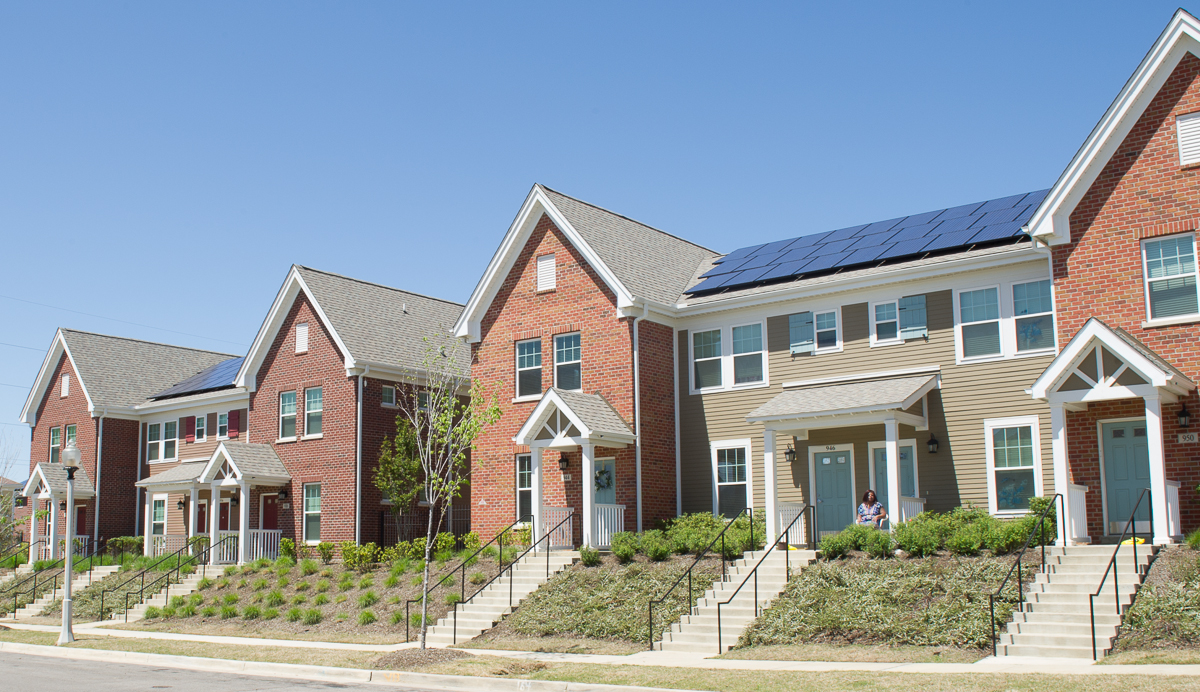Introduction: A New Paradigm of Urban Design
Mixed-use developments represent a visionary approach to urban planning that integrates residential, commercial, and recreational spaces within a single development. By blending diverse land uses and functions, mixed-use developments create vibrant, walkable communities that promote sustainability, connectivity, and quality of life. In this article, we delve into the transformative potential of mixed-use developments, exploring their benefits, characteristics, and the impact they have on shaping the future of urban living.
Understanding Mixed-Use Developments: A Fusion of Functionality and Diversity
Defining Mixed-Use Developments
Mixed-use developments are urban projects that combine multiple land uses, such as residential, retail, office, and entertainment, within a single site or complex. These developments are designed to create a diverse and dynamic environment where people can live, work, shop, dine, and socialize in close proximity, reducing the need for long commutes and fostering a sense of community and belonging.
Key Characteristics of Mixed-Use Developments
- Diverse Land Uses: Mixed-use developments incorporate a mix of residential, commercial, and recreational uses, allowing for a seamless blend of living, working, and leisure activities within the same neighborhood or complex.
- Walkability and Connectivity: Pedestrian-friendly design, interconnected streetscapes, and public spaces encourage walking, cycling, and public transit use, reducing reliance on automobiles and promoting active transportation and community interaction.
- Placemaking and Public Realm: Thoughtfully designed public spaces, such as parks, plazas, and pedestrian promenades, serve as focal points for community gatherings, events, and cultural activities, enhancing the social fabric and identity of mixed-use developments.
- Urban Density and Compactness: Mixed-use developments are characterized by higher density and compact form, optimizing land use and infrastructure efficiency while fostering a vibrant urban environment with a diversity of amenities and services.
Advantages of Mixed-Use Developments
Vibrant Urban Centers
Mixed-use developments create vibrant urban centers that buzz with activity and vitality, offering residents and visitors a diverse array of amenities, services, and experiences within walking distance. From bustling street-level retail and dining establishments to cultural venues and recreational spaces, mixed-use developments serve as vibrant hubs of social and economic activity, enriching the urban fabric and enhancing quality of life.
Sustainable Urban Growth
By promoting compact, infill development and reducing sprawl, mixed-use developments contribute to more sustainable patterns of urban growth and land use. Concentrating diverse land uses within a compact footprint minimizes the need for long commutes, reduces traffic congestion and air pollution, and preserves green spaces and natural habitats. Sustainable design features such as green building technologies, stormwater management systems, and energy-efficient infrastructure further enhance the environmental performance of mixed-use developments.
Economic Resilience and Diversity
Mixed-use developments support economic resilience and diversity by fostering a diverse mix of businesses, industries, and employment opportunities within the same neighborhood or district. The co-location of residential, commercial, and office spaces creates synergies and opportunities for collaboration, innovation, and entrepreneurship, driving economic growth and prosperity for residents and stakeholders.
Enhanced Quality of Life
The diverse array of amenities, services, and recreational opportunities available within mixed-use developments enhances residents’ quality of life and well-being. From convenient access to shops, restaurants, and entertainment venues to shared community spaces and cultural activities, mixed-use developments offer a rich tapestry of experiences that cater to diverse lifestyles, interests, and preferences.
Innovations Driving Mixed-Use Developments
Transit-Oriented Design
Transit-oriented design principles prioritize public transit accessibility, pedestrian connectivity, and compact development around transit nodes, such as subway stations or bus stops. By promoting transit-oriented mixed-use developments, cities can reduce reliance on automobiles, enhance mobility and access to jobs and services, and create more sustainable and livable urban environments.
Adaptive Reuse and Redevelopment
Adaptive reuse and redevelopment of existing buildings and infrastructure offer opportunities to breathe new life into underutilized or historic properties, transforming them into vibrant mixed-use destinations. From repurposing industrial warehouses and factories into loft apartments and creative studios to converting historic landmarks into boutique hotels and cultural venues, adaptive reuse projects celebrate the character and heritage of urban neighborhoods while meeting contemporary needs and aspirations.
Smart Cities and Digital Technologies
The integration of smart city technologies and digital innovations enhances the functionality, efficiency, and resilience of mixed-use developments. From smart building systems and energy management platforms to digital mobility solutions and smart infrastructure, these technologies optimize resource use, improve urban mobility and connectivity, and enhance the overall livability and sustainability of mixed-use environments.
Conclusion: Shaping the Urban Landscape of Tomorrow
In conclusion, mixed-use developments represent a visionary approach to urban planning and design that fosters vibrant, sustainable, and inclusive communities. By blending diverse land uses, promoting walkability and connectivity, and fostering economic vitality and cultural richness, mixed-use developments shape the urban landscape of tomorrow, creating dynamic and resilient cities where people can live, work, and thrive. As cities continue to evolve and grow, mixed-use developments will play a central role in shaping the future of urban living and creating spaces that inspire, connect, and enrich the lives of residents and visitors a like.
